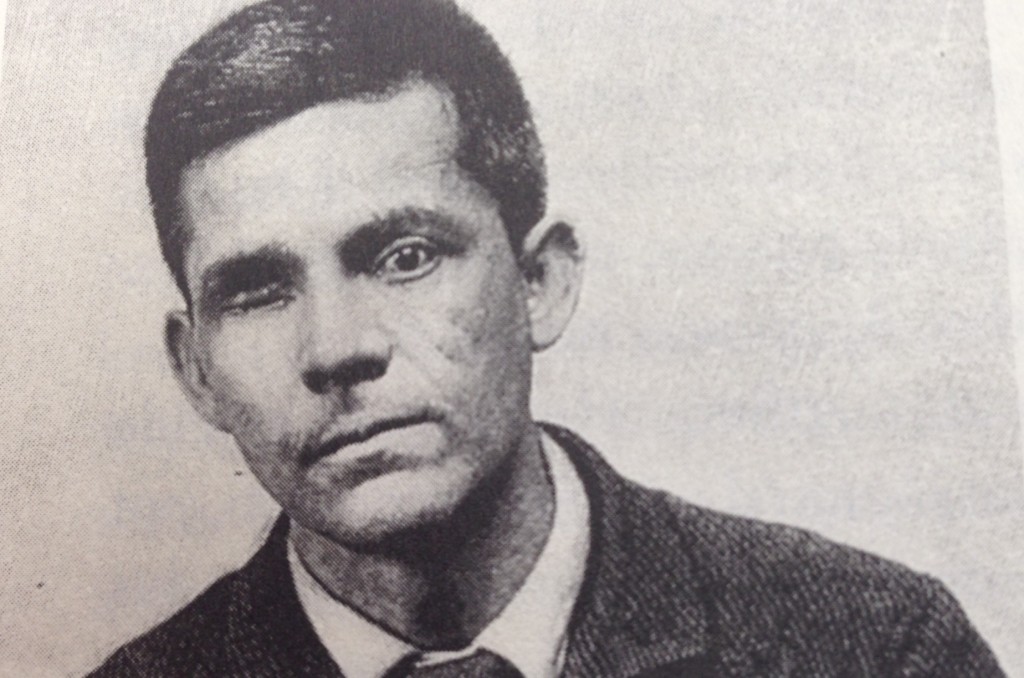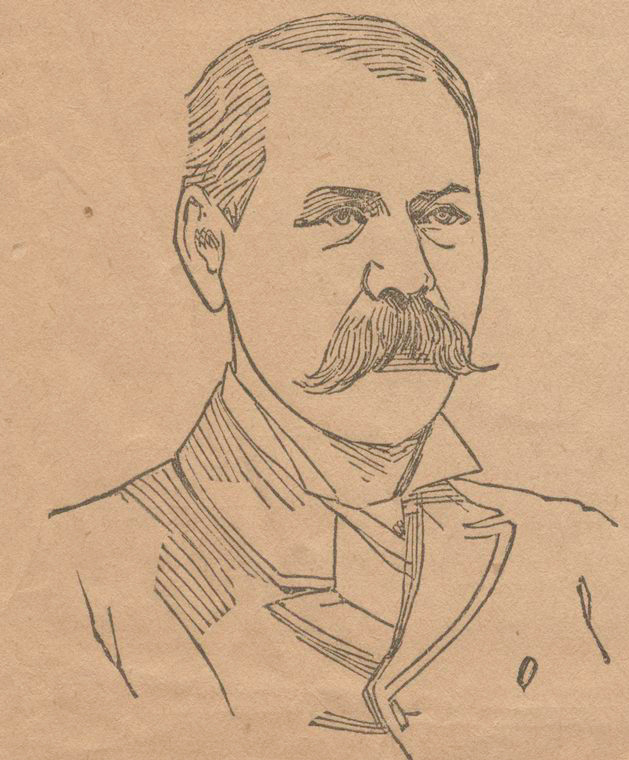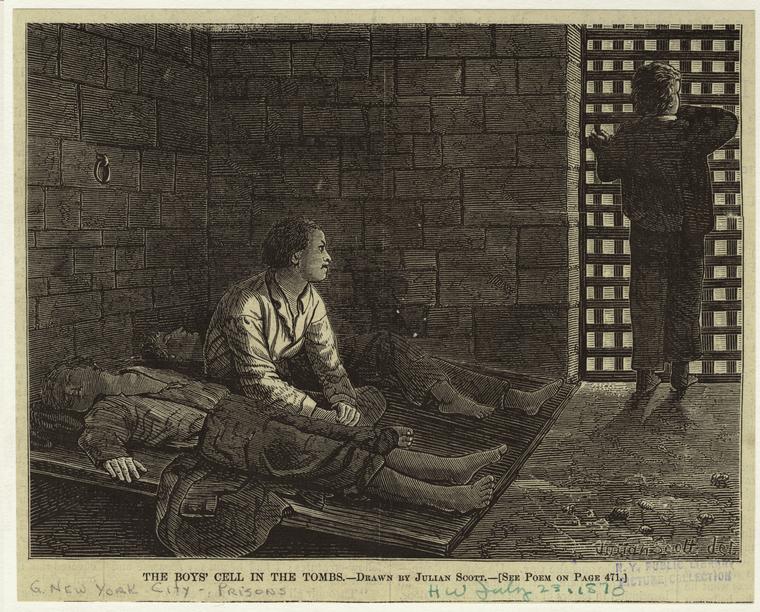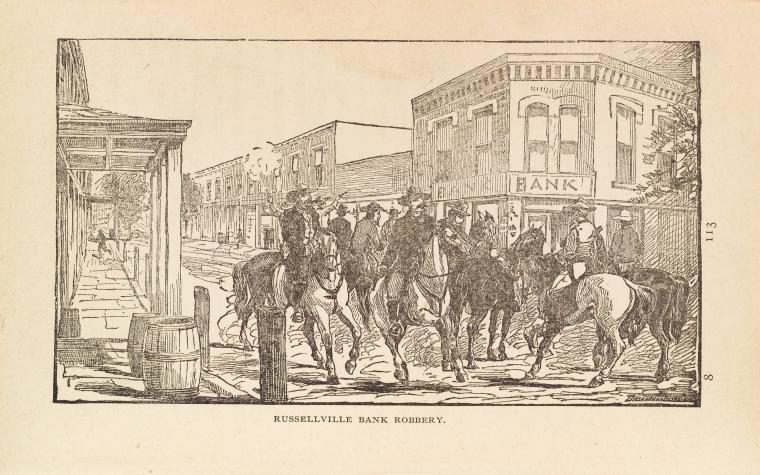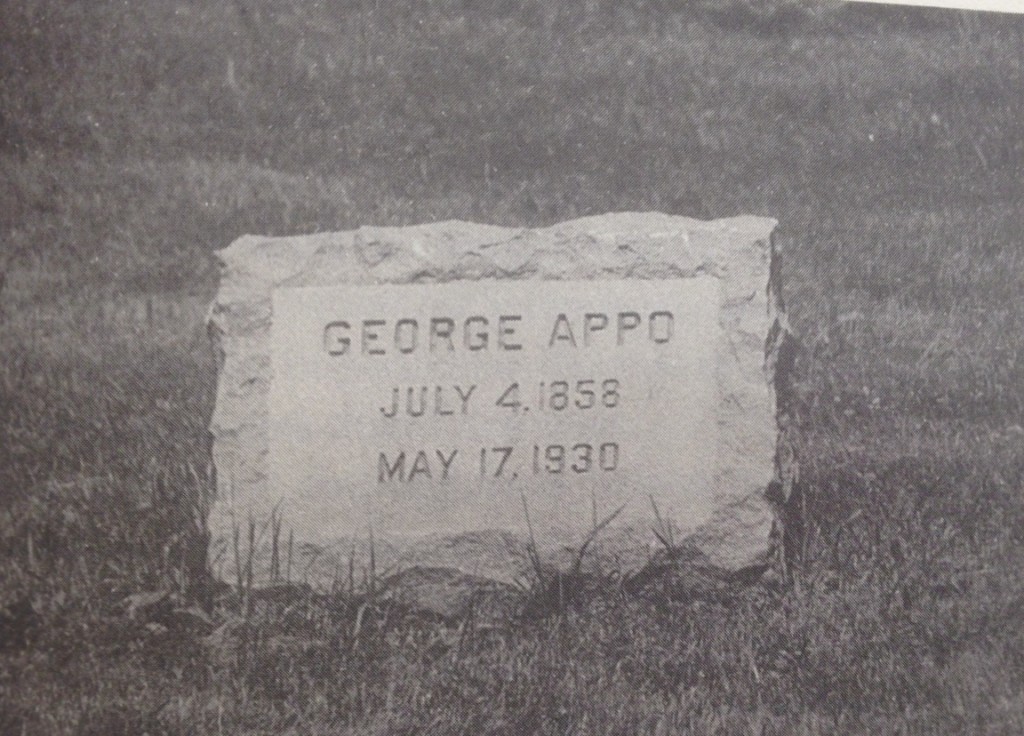According to Thomas Byrnes, in the late 19th century, the “ways of making a livelihood by crime [were] many”, and as a natural consequence of this, New York was rife with “professional criminals,” ranging from bank burglars to shoplifters to pickpockets.[1] Byrnes describes pickpockets in particular as “an interesting class of thieves”, and Timothy J. Gilfoyle emphasizes that most of the members of this class had a “lack of access to education or more formal employment opportunities” as a result of their low-income or immigrant backgrounds.[2] George Appo was a member of this “criminal class”, which I define here as a community of criminals forced into a life of crime by their socioeconomic standing. Appo shared with the rest of the “criminal class” a lack of education, a teenaged beginning to a life of crime, a sense of identity, and an arcane language which ultimately made it all the easier for law enforcement to identify and arrest them, with no warrant, under far-reaching vagrancy laws.[3] As a result of the prevalence of criminals (reaching into the thousands in New York by 1886), their homogeneity, and the simultaneous limited resources and unlimited power of law enforcement, by 1880, New York City police began to systematically arrest and incarcerate lower-class people who were “unable to find a secure footing in the boom-and-bust urban industrial economy, especially those excluded by background, race, unemployment, or misfortune”.[4] Thus, the life of George Appo coincides with and parallels that of the rest of the “criminal class” at this time, in which membership — and therefore likelihood of incarceration — is determined more by appearance, socioeconomic standing, and bias from law enforcement than a proven predilection for crime.
The “Professional Criminal”
Thomas Byrnes, a famous New York City police detective from this era, breaks down the various criminal types in “Professional Criminals of America”, and in the process demonstrates the bias and assumptions held by law enforcement against the “criminal class” at this time. Byrnes himself was the police detective who in 1880 instituted the “‘dead line,’ which authorized police to arrest any criminal suspect south of Fulton Street”, and therefore in his writing has vested interest in establishing stereotypes that could constitute criminal suspicion.[5] In addition to profiling the hobbyist kleptomaniacs, whom Byrnes exclusively refers to using feminine pronouns, Byrnes classifies two groups of “professional criminals”: bank robbers and pickpockets.[6] He dismisses the propensity of the “very poor classes” to shoplift, noting that poverty “is held by the world to be a badge of crime” and thus the poorest people would be too closely watched to successfully steal.[7] Instead, he argues that robbery is a profession largely committed by “the intelligent and thoughtful rogue”, and while pickpockets have “much diversity of standing”, the males “dress well and display considerable jewelry”, and the females “generally appear in humble attire”.[8] Byrnes then details examples of different types of pickpocketing strategies, consistently describing the tasks as aspects of a profession rather than choices made during a one-off crime of desperation. The effect of Byrnes phrasing these activities in this way is twofold. First, he appears to harbor, on some level, respect for the care and precision he claims is invested into these crimes. Second, however, he implicitly and consistently dismisses the notion that pickpockets and other criminals engage in criminal activity as a result of poor circumstances or desperation. Instead, he presents the idea of “professional criminals” who are not defined by socioeconomic status or underprivileged background, but by an inherent desire to profit off of their crimes, thereby dehumanizing them and demonstrating his own biased worldview as a criminal detective.
George Appo as a Professional Criminal
Contrary to the perspective of Thomas Byrnes, professional criminal George Appo demonstrates in his autobiography that his pursuit of a life of crime came as a result of various unfortunate circumstances within his life, rather than a simple desire to maximize profits from a criminal profession. Appo began his life without his father, who had been convicted of murder after defending himself from attacks from his housemate, or his mother and sister, who drowned in a shipwreck.[9] It was under these extraordinarily difficult circumstances that Appo began to sell newspapers for a living, and in the process, met boys who were profiting significantly from pickpocketing. He joined their trade, and two years later, at the age of 15, was caught and sent to a boy’s prison.[10] There is a direct progression in Appo’s story from a tragically unfortunate, underprivileged childhood to his introduction to crime to his entrance into the highly retentive prison system. This supports and sheds a revealing light on the classification of many pickpockets as “youths between eight and eighteen years of age with parents of rural or peasant origins who relied on every family member’s contributions for their economic survival.”[11] Certainly, Appo stole beyond his needs, even taking pride and bragging about it, but the circumstances he was raised within were central to his ultimate “career”.[12] Though he may have spoken the rogue’s lexicon, committed the crimes, and in all other ways demonstrated membership in the “criminal class”, George Appo — and many others in his situation — was not brought into a life of crime chiefly as a result of a personality defect or predilection toward vagrancy, as evidenced by his eventual reform and “amazing conversion to scrupulous honesty” that came about after experiencing decades of self-perpetuating cycles of crime and incarceration.[13]
The Contradictory Nature of the Criminal Class
The “criminal class” was simultaneously viewed as unchangeable and punished for its inherent identity by law enforcement.[14] It can be described both as thousands of adolescents in unfortunate circumstances seeking to make ends meet and as a class of young male ne’er-do-wells looking to make a quick buck at the expense of the honest citizen.[15] As demonstrated by the example of George Appo, each individual who committed these crimes was likely somewhere in between. While Appo could have picked significantly fewer pockets and relied more upon selling newspapers to supplement his income, it is also true that he likely would not have been put in a position to interact with fellow criminals in the first place were it not for his extraordinarily tragic circumstances growing up. It is these complicated, multifaceted life stories which ultimately comprise the so-easily-defined “criminal class” of New York City in the late 19th century.
[1] Byrnes, Thomas. “Professional Criminals of America,” in The Urban Underworld in Late Nineteenth-Century New York, ed. Timothy J. Gilfoyle (Boston: Bedford/St. Martin’s, 2013), 151.
[2] Timothy J. Gilfoyle, “Introduction,” in The Urban Underworld in Late Nineteenth-Century New York, ed. Timothy J. Gilfoyle (Boston: Bedford/St. Martin’s, 2013), 6.
[3] Ibid.
[4] Gilfoyle, “Introduction,” 14.
[5] Byrnes, “Professional Criminals of America,” 150.
[6] Byrnes, “Professional Criminals of America,” 151.
[7] Byrnes, “Professional Criminals of America,” 152.
[8] Byrnes, “Professional Criminals of America,” 153.
[9] Appo, George. “The Autobiography of George Appo,” in The Urban Underworld in Late Nineteenth-Century New York, ed. Timothy J. Gilfoyle (Boston: Bedford/St. Martin’s, 2013), 36.
[10] Appo, “The Autobiography of George Appo,” 38.
[11] Gilfoyle, “Introduction,” 5.
[12] Gilfoyle, “Introduction,” 4.
[13] Bronx Home News. “Obituary of George Appo,” in The Urban Underworld in Late Nineteenth-Century New York, ed. Timothy J. Gilfoyle (Boston: Bedford/St. Martin’s, 2013), 136.
[14] Byrnes, “Professional Criminals of America,” 153.
[15] Byrnes, “Professional Criminals of America,” 151.
